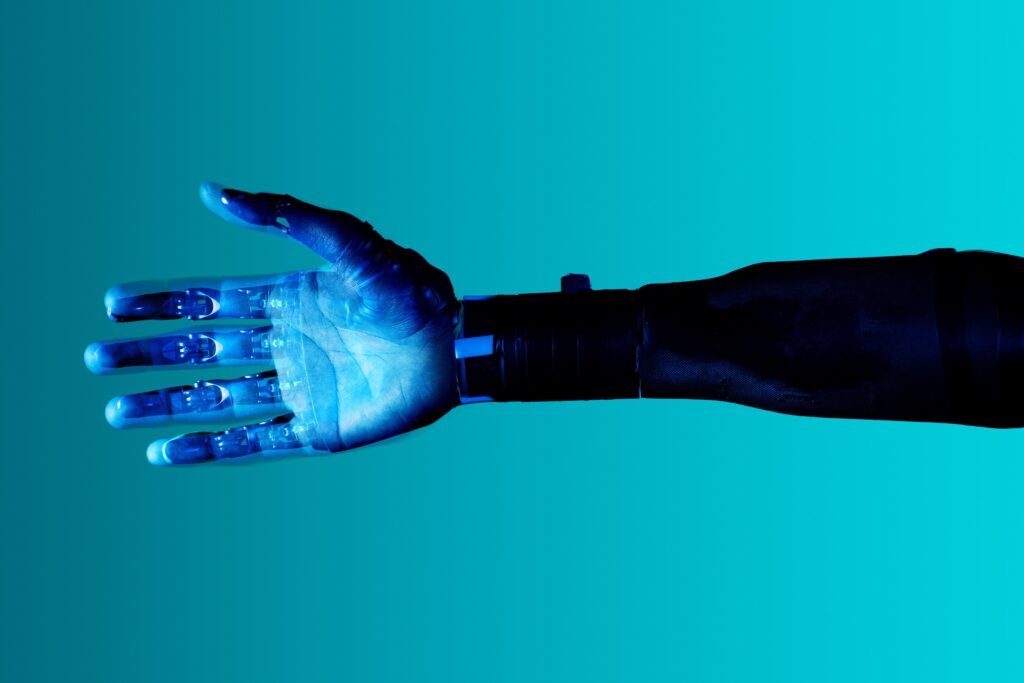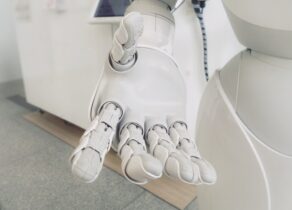Haptic technology, or haptic touch, is going to be our engagement pathway for the future. Since the start of the Covid pandemic, we are working from home more often, and much of our lives are online. However, we do not have to worry about losing physical touch.
Haptic technology offers its users a more connected experience, and this budding industry is beginning to make its mark on companies that will likely embrace this evolving tech in the future.
Tactile feedback technologies have been around for decades. The original XBox controller would vibrate when you were taking damage from an adversary, and phones/pagers have had a vibrate function for decades. As haptic technologies advance, they’re fast becoming powerful tools for consumer engagement.
We will explore haptic technology’s types, advantages, and use cases, including 3D Touch, showing how it can impact a business’s objectives and growth.
Haptic Technology Explained
Haptic technology uses hardware and software to produce tactile sensations that stimulate the user’s sense of touch, to enhance their experience. For example, the most common applications are the haptic solutions found with phones and game controllers that vibrate. Yet vibrating devices are not the only type of haptic tactile feedback: they can also include things like heat and cold, air pressure, and sound waves.
Haptic tech can also be known as kinaesthetic communication or 3D Touch, and this technology creates new experiences with motion, vibration, and similar forces. There are two terms within haptic technology that are similar but should be distinguished: haptics and haptic feedback.
- Haptics: the overarching term that is used to describe the science of haptic feedback and haptic technology, as well as the neuroscience and physiology of touch.
- Haptic feedback: the method by which haptic technologies communicate tactile information to the users.
Haptic Applications and Modalities
Immersion is a haptic tech pioneer whose technology is in over 3 billion devices worldwide. They’re the ones that tell your steering wheel to vibrate when you get too close to a car in another lane. One study on haptics showed that 94% of participants could recall objects through touch alone.
As the global user base of haptic tech grows, it will continue to expand into novel applications, improving the user’s experience.
Read the full article here.






